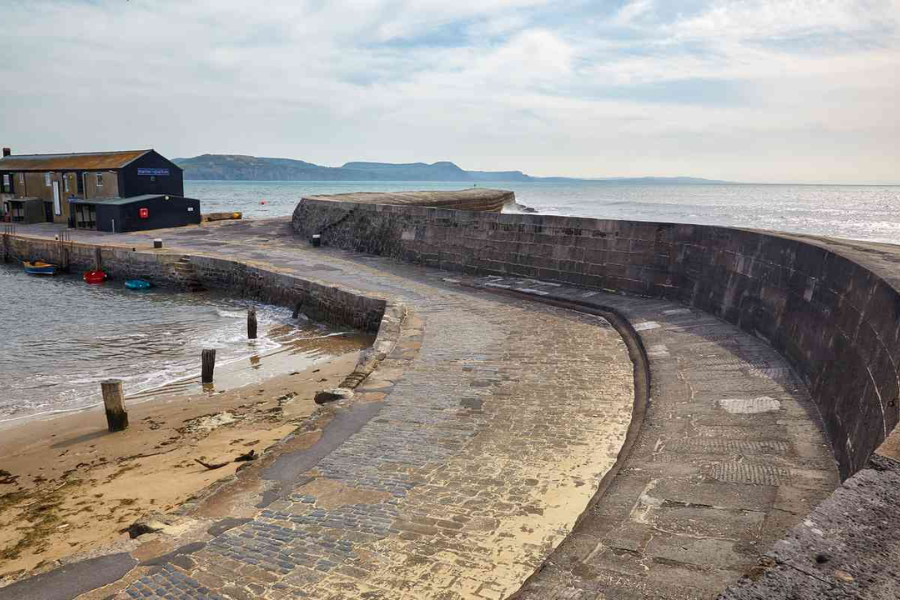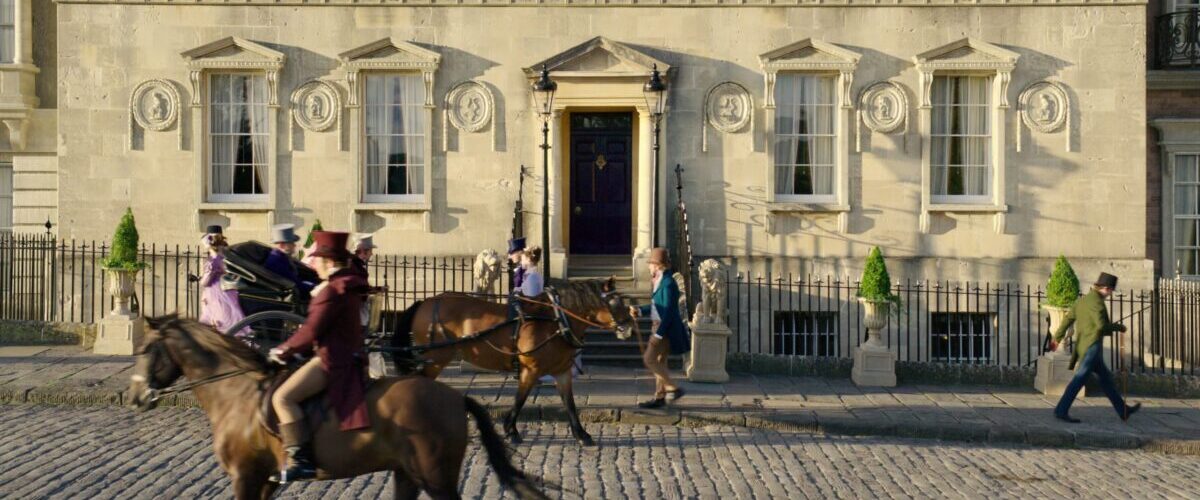October 23, 2024
In film and television, locations are much more than backdrops—they are vital elements that shape the narrative, set the tone, and immerse the audience in the story. England, with its diverse landscapes, offers filmmakers and TV creators a rich variety of settings, from dramatic coastlines to serene villages. In recent years, many productions have turned to English locations outside of London to bring their stories to life.
Setting the Tone and Mood
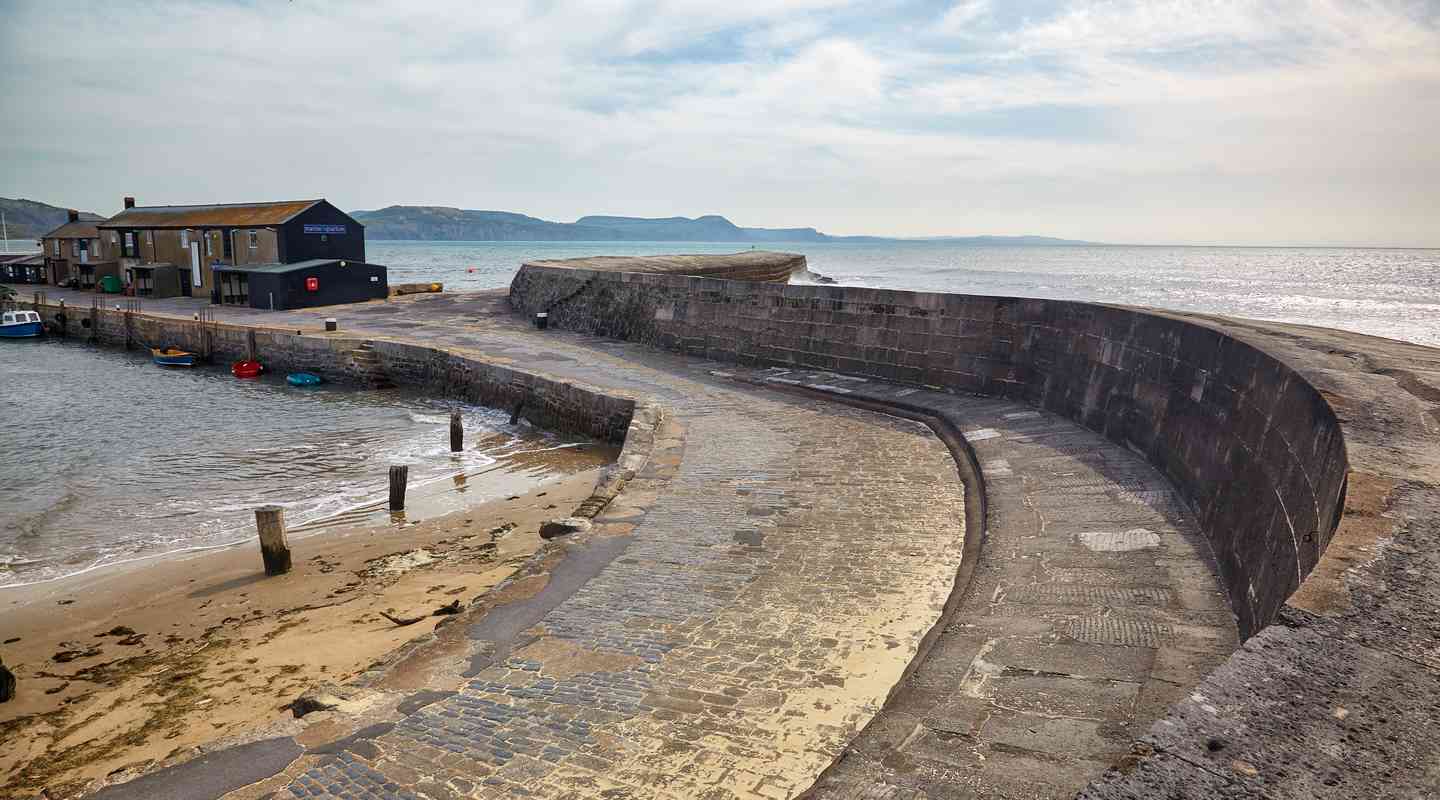
The emotional tone of a film or show is often established by the setting. The right location can transport viewers into the heart of the narrative, evoking feelings of mystery, nostalgia, or tension.
For instance, The Dig (2021), a historical drama about the Sutton Hoo excavation, was filmed on location in the Suffolk countryside. The wide, open landscapes and vast skies in Suffolk provide a contemplative atmosphere, perfectly reflecting the themes of discovery, history, and the passage of time. The setting not only grounds the story in reality but also reinforces its reflective and introspective tone.
Similarly, All Creatures Great and Small (2020–), set in the Yorkshire Dales, uses the stunning rural scenery to capture the warmth and simplicity of 1930s countryside life. The rolling hills, quiet villages, and timeless beauty of the Dales enhance the show’s themes of community, kindness, and the relationship between humans and the natural world. The idyllic setting wraps the audience in a comforting sense of nostalgia, making it a perfect backdrop for the heartwarming tales of veterinary life.
Additionally, Ammonite (2020), filmed on the rugged shores of Lyme Regis in Dorset, uses the sweeping, isolated coastline to reflect the introspective and emotionally charged journey of its characters. The harsh beauty of the environment mirrors the intensity of the story, much like Doc Martin (filmed in Port Isaac), where the quaint coastal setting strengthens the theme of community spirit, echoing All Creatures Great and Small’s sense of belonging and personal growth.
Enhancing the Narrative and Themes
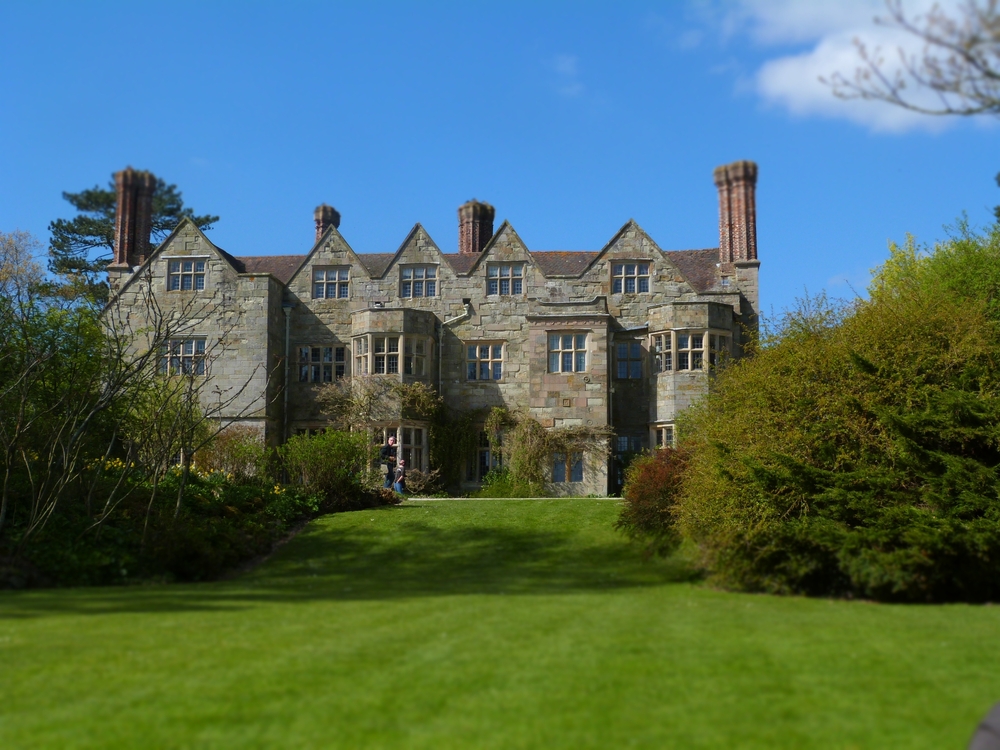
Locations can serve as powerful visual metaphors, adding layers of meaning to a story. They help to reinforce the central themes and deepen the narrative, often acting as extensions of the characters’ journeys.
In Enola Holmes (2020), the Shropshire countryside plays a significant role in symbolizing the protagonist’s journey of self-discovery. Benthall Hall, where Enola grows up, reflects her isolation and the constraints placed on her as a young woman in Victorian England. As she embarks on her adventure, the scenic countryside offers a sharp contrast to the bustling city, symbolizing her transition from a sheltered upbringing to the wide world beyond.
Supporting Character Development
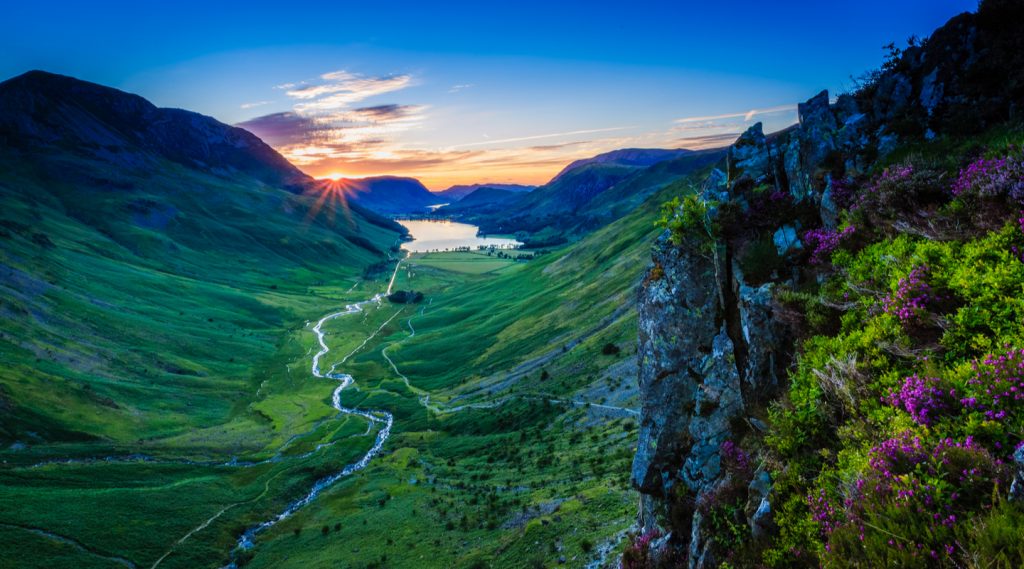
A character’s environment often mirrors their emotional state or supports their personal growth. Locations, in this sense, can be used to represent the inner world of the characters, highlighting their struggles, aspirations, or transformations.
In The Witcher (2019–), several scenes were filmed in the dramatic landscapes of the Lake District and the North Yorkshire Moors. These remote, rugged settings complement the solitary nature of Geralt of Rivia, the show’s brooding protagonist. The desolate moors and mist-covered hills mirror Geralt’s internal struggles, symbolizing his constant battle between his brutal profession and his desire for connection and belonging.
The Serpent (2021) offers a different kind of character development through its locations. Filmed partially in Margate, Kent, the seaside town becomes a visual representation of the quiet reckoning that Charles Sobhraj faces after years on the run. The contrast between the frenetic energy of Southeast Asia and the calm, almost melancholic atmosphere of Margate reflects the shift in Sobhraj’s journey—from a life of excitement and danger to one of capture and consequence.
Creating Realism and Immersion
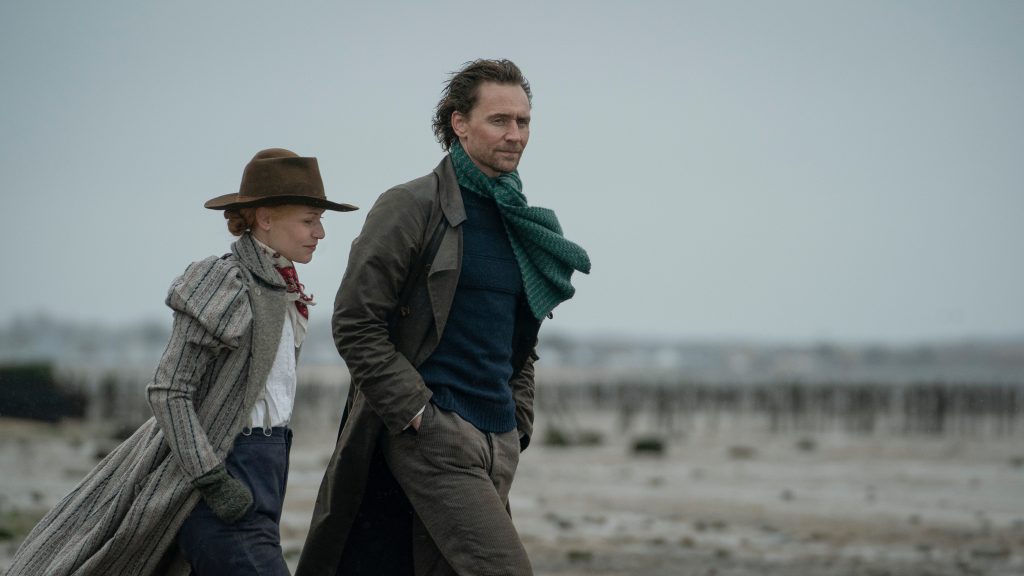
Authenticity is key to making a story feel real and believable. Filming on location in authentic English settings often enhances the realism of the narrative, allowing the audience to feel like they’re stepping into the world of the story.
Ridley Road (2021) takes viewers back to the 1960s, exploring the rise of neo-Nazism in Britain. Though set in London, the production was largely filmed in Manchester and Bolton, where period-appropriate streets and architecture helped recreate the tense, political atmosphere of the era. The authenticity of the locations adds weight to the series, grounding the historical drama in the harsh realities of its time.
Another example is The Essex Serpent (2022), filmed in the marshes and towns of Essex. The eerie, mist-covered landscape of the Essex Marshes plays a crucial role in building the show’s atmosphere of mystery and unease. The stark beauty of the region perfectly matches the gothic romance and sense of foreboding that runs through the story. By filming on location, the show brings the novel’s atmospheric setting to life, allowing viewers to fully immerse themselves in its haunting world.
Additionally, Bath’s beautiful Georgian architecture helped bring the Regency elegance of Bridgerton (2020–) to life. The grand estates and historic streets of Bath reflect the opulence and social hierarchy of the time, adding to the sense of extravagance and spectacle that defines the show.
Transforming the Ordinary into the Extraordinary
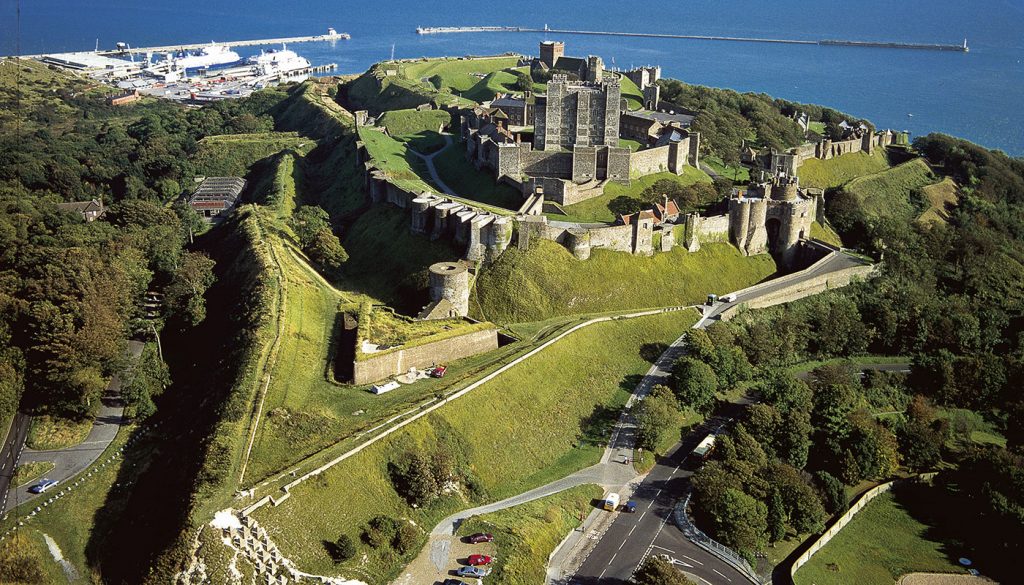
Some productions take familiar, everyday locations and transform them into something extraordinary, using these places to create new worlds or enhance the storytelling.
Puzzlewood in Gloucestershire is one such place. With its ancient, otherworldly woodland landscape, Puzzlewood has been used in both Harry Potter and Star Wars to create magical and alien worlds. Similarly, Dover Castle, a historical gem, was transformed into the fictional country of Sokovia in Avengers: Age of Ultron (2015). These extraordinary locations bring imaginative worlds to life, showing how versatile England’s landscapes can be in creating anything from magical forests to superhero battles.
The Power of Place in Modern English Film and TV
England’s rich and varied landscapes continue to be an invaluable resource for filmmakers and showrunners. From the windswept moors of Yorkshire to the eerie marshes of Essex, these locations do far more than provide a backdrop—they shape the very fabric of the story, enhancing characters, themes, and the overall tone. As more films and TV shows turn to these settings, the power of place in storytelling becomes ever more apparent.
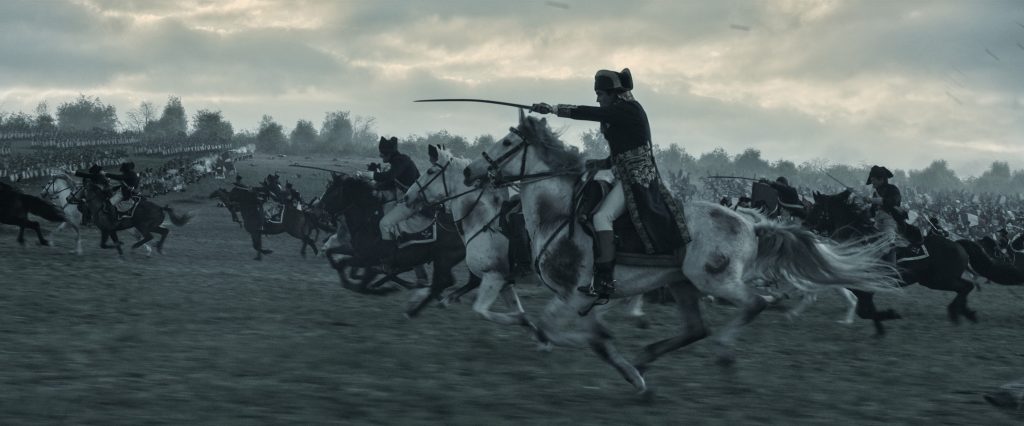
Even English locations can convincingly double as iconic international settings. Lincoln Cathedral was transformed into Notre Dame for Ridley Scott’s Napoleon (2023). Meanwhile, New York City has been convincingly recreated in Manchester or Liverpool, as seen in Captain America: The First Avenger (2011) and It’s a Sin (2021). England’s locations are also capable of mimicking far-flung settings such as the African desert, which was recreated in Bedfordshire’s Bryant’s Lane Quarry for The Mummy Returns (2001).
In the coming years, we can expect to see even more productions making use of England’s hidden gems, bringing lesser-known locations to the screen and showcasing the remarkable versatility of the English landscapes. If you’re interested in exploring what the Filming in England locations directory has to offer then visit here.

